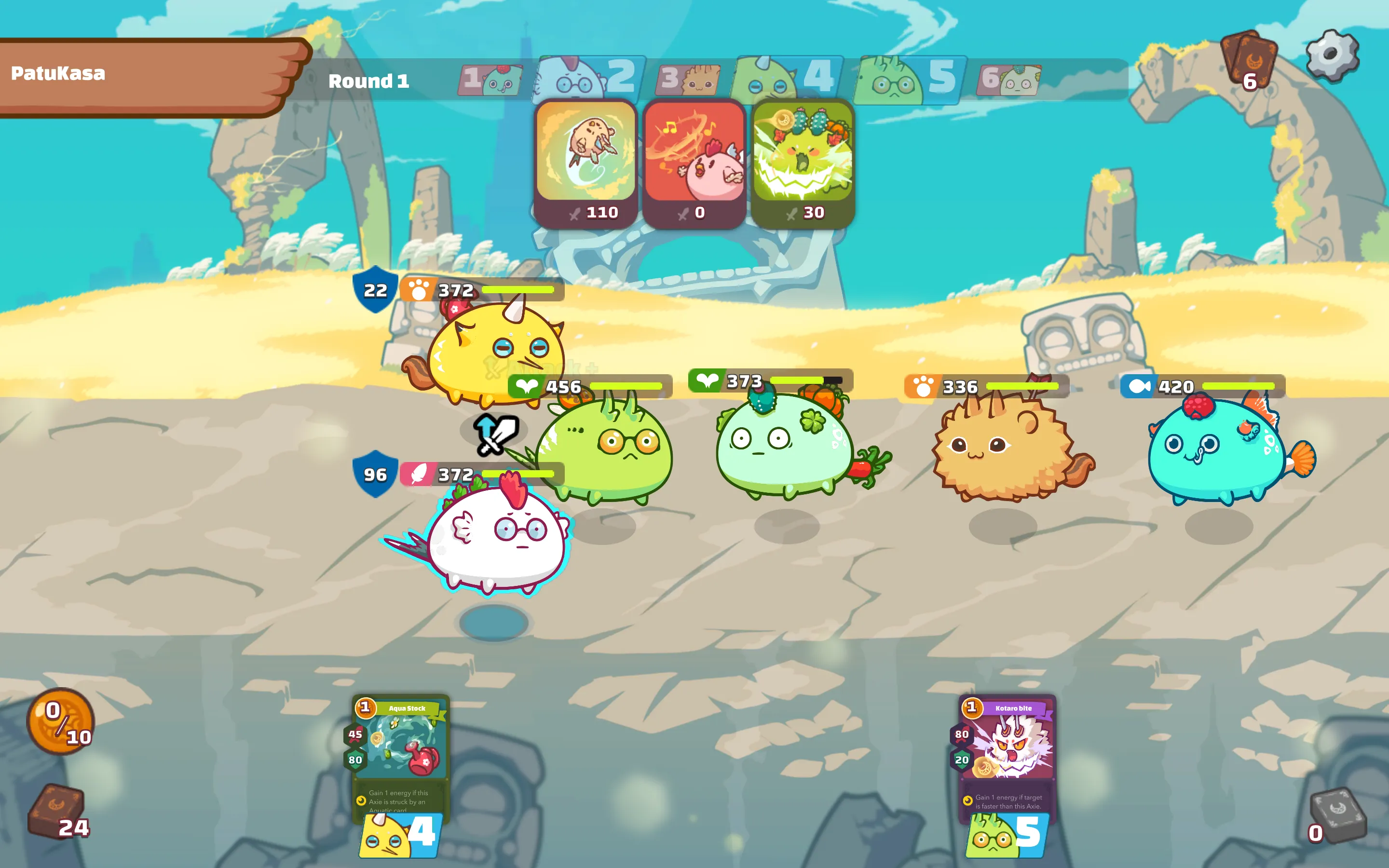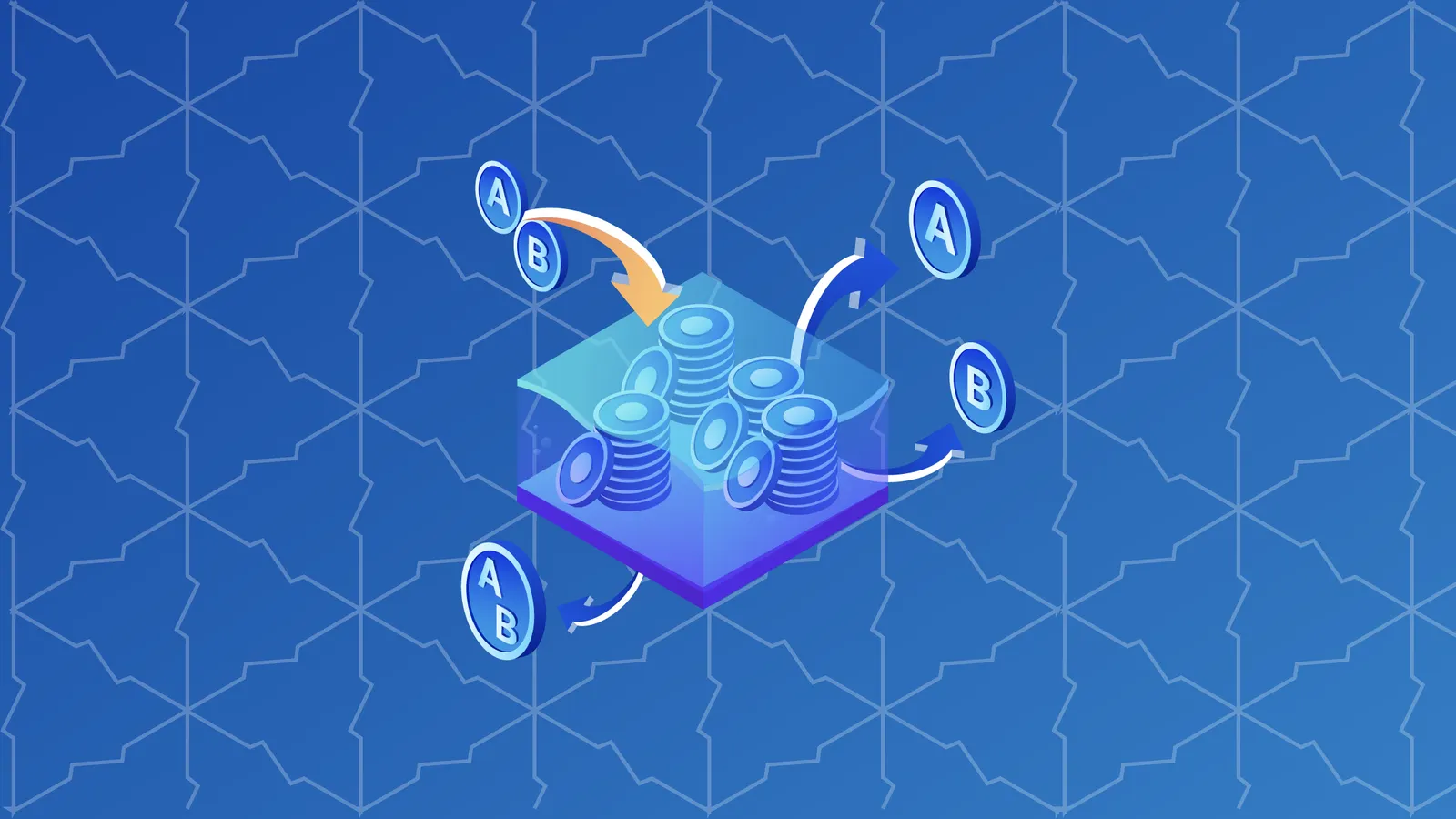This story comes out of PubDAO, a decentralized news wire.
Throughout the 50-year history of home video gaming, games have been a diversion, something to take your mind off a hard day’s work. But now, a new generation of video games is using blockchain technologies like NFTs to reward gamers with cryptocurrency.
In some countries, these “play-to-earn” games are already enabling gamers to make a living by playing video games, with scholarship programs and academies springing up to help players navigate this strange new world.
While some have welcomed the advent of play-to-earn games, arguing that they enable users to receive rewards for an activity they previously would have undertaken for free, many gamers have expressed disquiet over the unwelcome intrusion of commerce into the escapist world of gaming.
What are play-to-earn games?
Simply put, play-to-earn games are video games where the player can receive rewards with real-world value.
While people have been earning money from playing video games for many years through practices such as “gold farming” and unofficial marketplaces for in-game items, the emergence of blockchain technology and NFTs has, quite literally, changed the game.
NFTs, or non-fungible tokens, are cryptographically unique tokens that can be used to prove ownership of content such as images or music. In blockchain games, they enable users to take ownership of in-game items, such as virtual clothing or plots of land.
Unlike in regular games, where in-game items are held on walled-off data networks and owned by the companies that created the game, NFTs enable players to own the unique assets that they purchase. Moreover, once you own the NFT, you can freely sell it outside of the platform where it was created, something that’s not possible with regular games.
That means that NFTs representing in-game items can be traded and sold for fiat currency on any NFT marketplace. And because those NFTs have scarcity, they have real-world value.
With regular games, there’s no incentive to play other than pure enjoyment. The relationship is one-way: you pay for the game, and unless you’re a professional esports player or a streamer with a big following, you will never be able to monetize your playtime. By contrast, blockchain gaming offers players the opportunity to earn real money.
Because blockchain technology enables users to transact wherever they are, players can transfer value and be paid to play irrespective of who they are, or where they are in the world.
The rise of the play-to-earn model
The biggest play-to-earn game by far is Axie Infinity, a Pokémon-style monster-battling game launched in 2018 by indie studio Sky Mavis. The game sees players collecting cartoon creatures called Axies, represented by NFTs; each Axie has unique strengths and weaknesses, and players can adventure, battle, and breed their Axies as they play. Players earn Smooth Love Potion (SLP) crypto tokens as rewards for battling, while Axie Infinity Shard (AXS) tokens are used to vote on decisions regarding the game and its future development.

With 2.8 million daily users and a total trading volume of $3.8 billion, Axie Infinity has become one of the dominant play-to-earn games—and in countries like the Philippines and Indonesia, people are even playing Axie to support their families. “Axie scholarship” programs like that offered by Yield Guild Games have sprung up, too, enabling Axie owners to loan their NFTs out to other players.
Play-to-earn gaming is helping crypto adoption, too; according to Axie Infinity co-founder Aleksander Leonard Larsen, half of the game’s players have never used any crypto application before. However, there are costs required to play the game, and before you can start, you must purchase three Axie NFTs—each of which can cost hundreds of dollars. Larsen has acknowledged the challenges of onboarding new players to the game, saying that, “It's really hard to begin playing Axie right now.” To address that problem, Axie plans to launch free starter Axies with limited earning potential to give new players a taste of the game.
Other play-to-earn projects are merging NFT gaming with elements of decentralized finance (DeFi). Aavegotchi, an experimental startup funded by DeFi money market Aave, enables players to stake Aave’s aTokens inside cartoon creatures represented by NFTs, meaning that each Aavegotchi generates yield on Aave.
The mainstream gaming industry has also been enticed by the prospect of NFTs and play-to-earn; French video game giant Ubisoft has already announced plans for Ubisoft Quartz, a platform that lets players earn and purchase NFTs based on the Tezos blockchain. But other publishers who’ve dipped their toes into the NFT waters have been met by a furious backlash from gamers, with S.T.A.L.K.E.R. 2 developer GSC Game World abandoning plans to include NFTs in the game following a Twitter campaign from players.
Introducing Ubisoft Quartz 💎
We're bringing the first energy efficient NFTs playable in a AAA game to Ghost Recon: Breakpoint!Try it in the beta from December 9 with three free cosmetic drops and learn more here: https://t.co/ysEoYUI4HY pic.twitter.com/owSFE2ALuS
— Ubisoft (@Ubisoft) December 7, 2021
Some gamers, already fuming at publishers’ monetization of games through “pay-to-win” models and lootboxes, regard play-to-earn as a step too far; arguing that the introduction of real-world economic models and incentives will turn gaming from an escapist pursuit into a nakedly capitalist “investotainment” sector.
But with investment from the likes of FTX and Andreesen Horowitz flooding into the play-to-earn space, it shows no signs of slowing down any time soon.
Upcoming play-to-earn games
A growing number of blockchain projects are eyeing the play-to-earn space, perhaps most notably NFT avatar series Bored Ape Yacht Club, which announced an upcoming play-to-earn game in its latest roadmap.
Very stoked to share that we've been working with the gigabrains over at @animocabrands on a p2e game. Can't wait to show more. ☠️🦍⛵️https://t.co/yNtmFCkzqV
— Bored Ape Yacht Club (@BoredApeYC) December 13, 2021
Another prominent NFT collection with plans for a blockchain game is The Forgotten Rune Wizard Cult, which announced that they had partnered with metaverse developer Bisonic. The project plans to use a “create-to-earn” model, in which the community will generate game lore and custom NFTs in exchange for rewards. Although the semantics differ slightly, there’s no doubt that the wizards will be gaming in a world where they can own land, collect resources, craft items, mint NFTs and effectively, help build the virtual world around them.
Create-to-Earn:
Own Land. Collect resources. Craft items. Mint NFTs. Create your world.
In the Forgotten Runiverse
every item is an NFT. Every resource is a token. pic.twitter.com/mmmCyVaViE— Forgotten Runes Wizard's Cult (@forgottenrunes) December 15, 2021
Loopify is a renowned NFT collector, writer and creator who recently tweeted that 2022 will be “the year for the blockchain gaming sector”. He’s putting his money where his mouth is, developing the play-to-earn massively multiplayer online role-playing game (MMORPG) Treeverse. Reminiscent of classic titles such as Runescape, Treeverse will enable players to exchange in-game assets as NFTs, as well as rewarding them for playing.
Currently, Treeverse is still in the public alpha phase, as the team continues to refine the in-game art, inspired by the minimalist design of titles such as Journey, The Legend of Zelda: Breath of the Wild and Valheim. Just recently Loopify dropped Timeless, a collection of 11,111 characters that will be distributed in Treeverse to NFTrees holders for free.
Monthly Treeverse Update #1 🎙️
- @EndlessCloudsHQ https://t.co/D1E86c9nB0
— Treeverse (@TheTreeverse) December 19, 2021
Into the metaverse
Developing in parallel with play-to-earn gaming is the metaverse, a shared virtual world in which users interact as avatars, meeting up, working together—and, of course, playing games.
Blockchain, cryptocurrency and NFTs figure heavily in plans for the metaverse, with virtual objects and land parcels represented by non-fungible tokens.
Already, metaverse platforms such as The Sandbox, Decentraland, and CryptoVoxels are bringing NFTs into the shared virtual world, while mainstream companies such as Facebook (now rebranded as Meta, in a sign of its ambitions), Adidas, and Samsung have already staked out their claims in the metaverse.
Although we are in the early stages of what the metaverse could be, we are already seeing live concerts and meet-ups. Gaming is sure to follow; and with the metaverse’s promise of an interoperable world, and NFTs enabling in-game items to cross between metaverse platforms, it could act as a powerful catalyst for play-to-earn gaming.
Ultimately, what cannot be denied is the power of play to earn, where anyone, from anywhere has the chance to earn a living, simply by playing games that they enjoy.
Cheat Sheet
- Play-to-earn games are video games where the player can receive rewards with real-world value.
- Unlike in regular games, where in-game items are held on walled-off data networks and owned by the companies that created the game, NFTs enable players to own the unique assets that they purchase.
- That means that NFTs representing in-game items can be traded and sold for fiat currency on any NFT marketplace.


